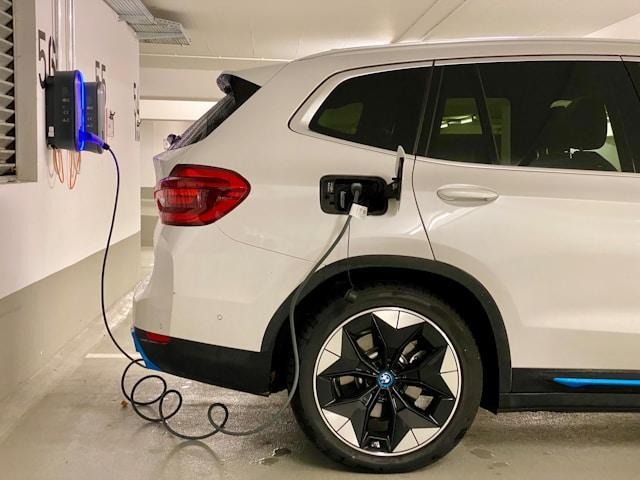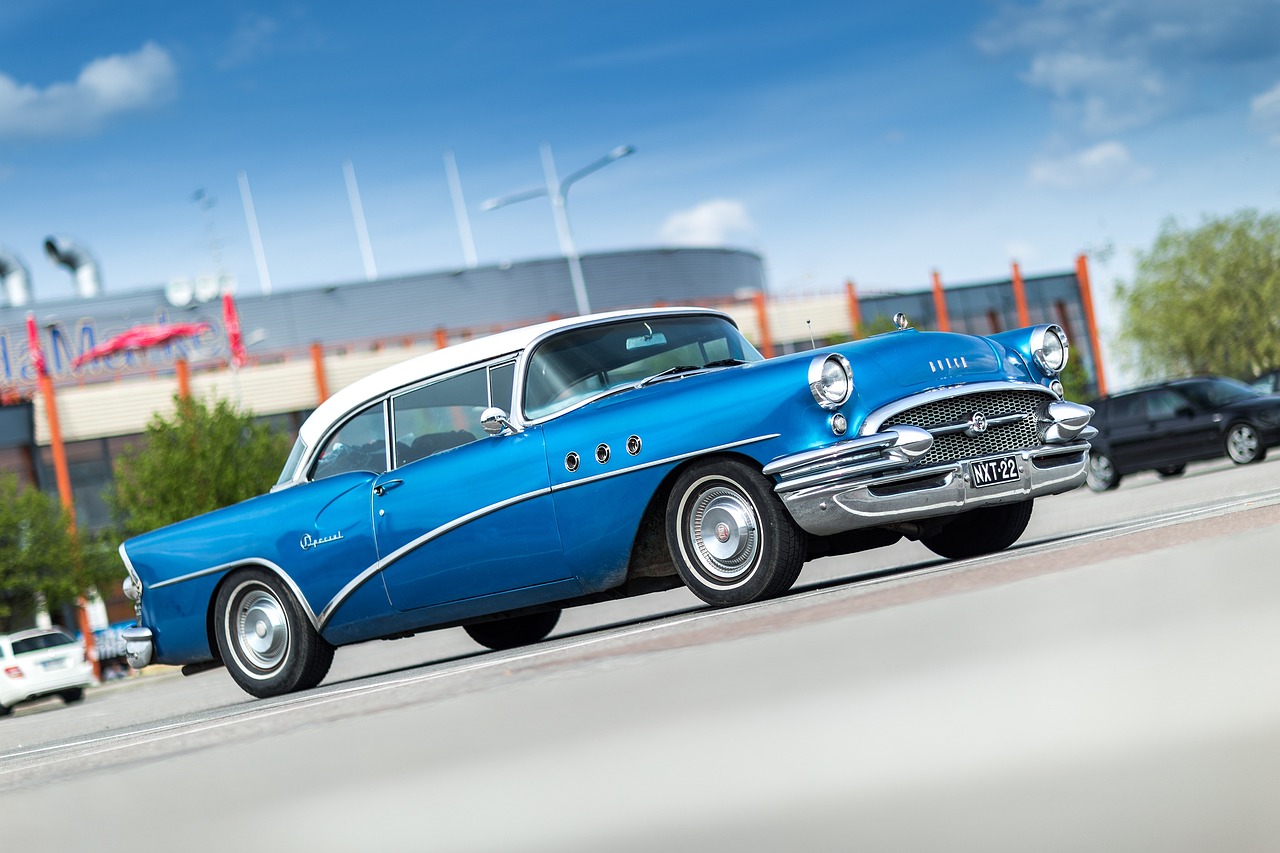A well-designed drive-through wheel wash system plays a vital role in maintaining site cleanliness and compliance. It prevents dirt, clay, and contaminants from leaving worksites, protecting nearby roads and waterways. These systems combine hydraulic force, water management, and automation to achieve consistent cleaning results.
The foundation of a reliable wheel wash system lies in its build quality. Systems constructed with galvanised steel or reinforced concrete can handle constant vehicle loads and harsh site conditions. For technical details on construction materials and designs, learn more through industry-approved resources that outline best practices. A solid foundation helps with longer service life and less downtime in demanding operations.
Design also determines how effectively a unit accommodates various vehicle types. Drive-through systems must support everything from light trucks to heavy earthmovers. The ramp structure and spray alignment must be precise to target each tyre and underbody section. A strong frame also minimises vibration, ensuring steady operation across extended use.
A high-performance wheel wash system depends on the strategic placement of its spray bars. These nozzles must deliver adequate pressure at multiple angles to remove mud, gravel, and sediment. Balanced water flow ensures complete coverage without unnecessary waste. Adjustable nozzles allow operators to fine-tune the system for different vehicle profiles and contamination levels.
Proper spray bar alignment helps reduce blind spots and maximise cleaning efficiency. Systems with staggered or crossfire nozzle layouts provide better contact across treads and wheel wells. Consistent water pressure across all outlets avoids patchy cleaning results. This configuration aids in reducing manual intervention and supports predictable, repeatable results.
Water recycling is a crucial element in any high-performance setup. A closed-loop system recycles a large percentage of water, conserving supply and lowering operational costs. Sedimentation tanks, filters, and settlement basins help remove solids before reusing water.
Sedimentation process pit to capture larger solids
Clarification chamber for finer particle removal
Filtration system to polish recycled water
Pump chamber to return treated water to the spray lines
By combining these elements, operators maintain efficiency while reducing environmental impact. Sediment control also reduces wear on mechanical components and extends system life.
Automation plays a key role in optimising water usage and timing. Modern wheel wash systems use sensors to detect vehicle presence and activate spray cycles automatically. Timers and flow controls adjust duration based on traffic volume and contamination level. These smart functions help reduce waste while maintaining cleaning consistency.
Programmable logic controllers (PLCs) are often used to monitor pump performance and spray intensity. This allows quick adjustments without shutting down operations. In large-scale sites, automation helps synchronise wash cycles with vehicle movements, improving throughput. It also provides operators with data for performance checks and maintenance scheduling.
Easy maintenance ensures uninterrupted operation and lower repair costs. Systems designed with removable grates and accessible pumps allow for quicker inspections. Proper drainage and sump design prevent blockages that could reduce washing efficiency. Clear layouts simplify tasks such as debris removal or nozzle replacement.
Safety measures are equally vital in high-traffic areas. Anti-slip ramps, visible guide rails, and stable entry points protect drivers and operators. Electrical components must be sealed and grounded to meet industrial safety standards. A well-maintained and secure system minimises risk while ensuring consistent performance.
A high-performance drive-through wheel wash system depends on robust construction, precise spray design, efficient recycling, and smart automation. To learn more about the principles and technologies behind effective wash systems, professionals can explore trusted resources that highlight best practices in water management. With proper design and maintenance, these systems may help improve safety, cleanliness, and compliance across all industrial sites.




Want to add a comment?